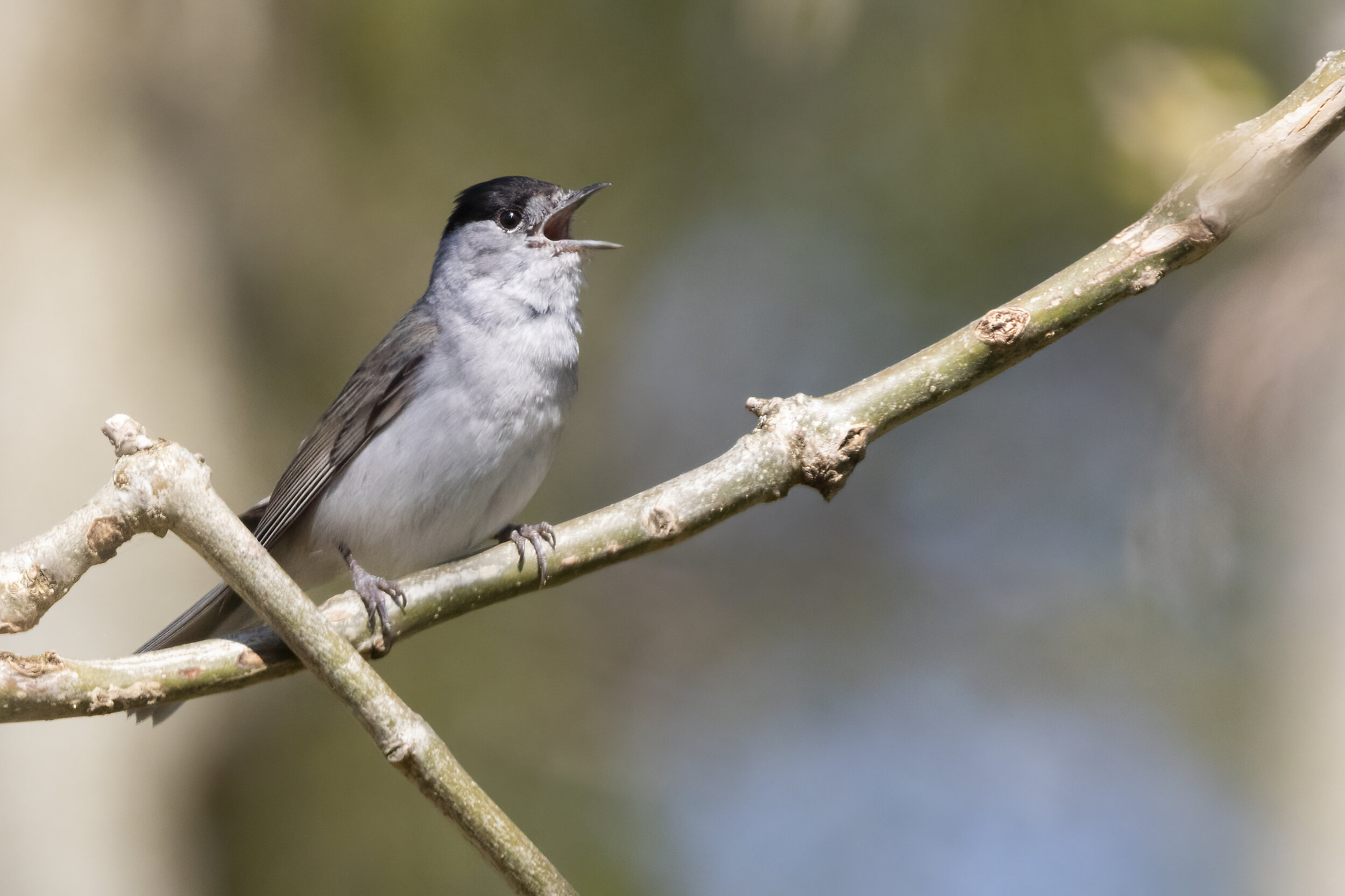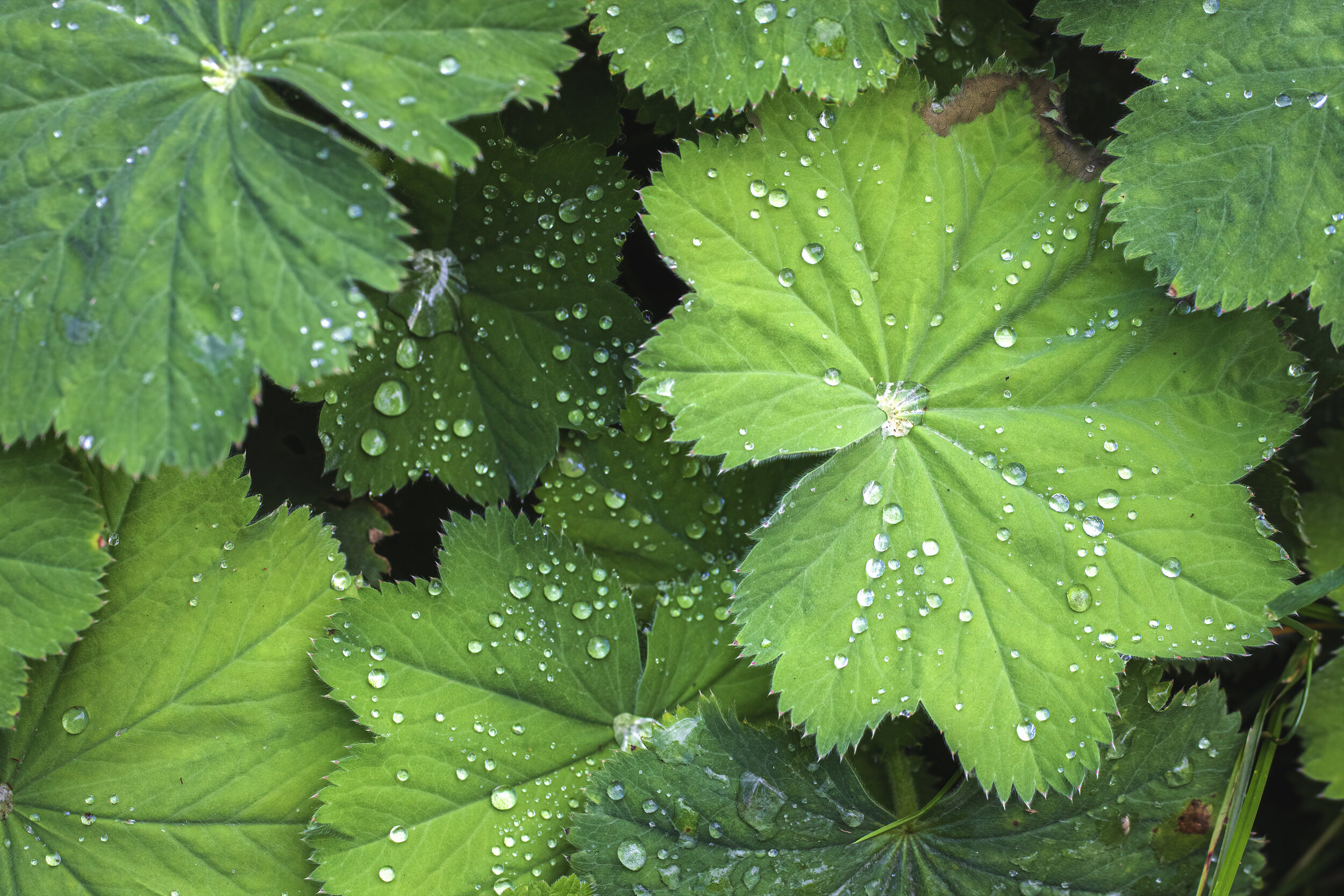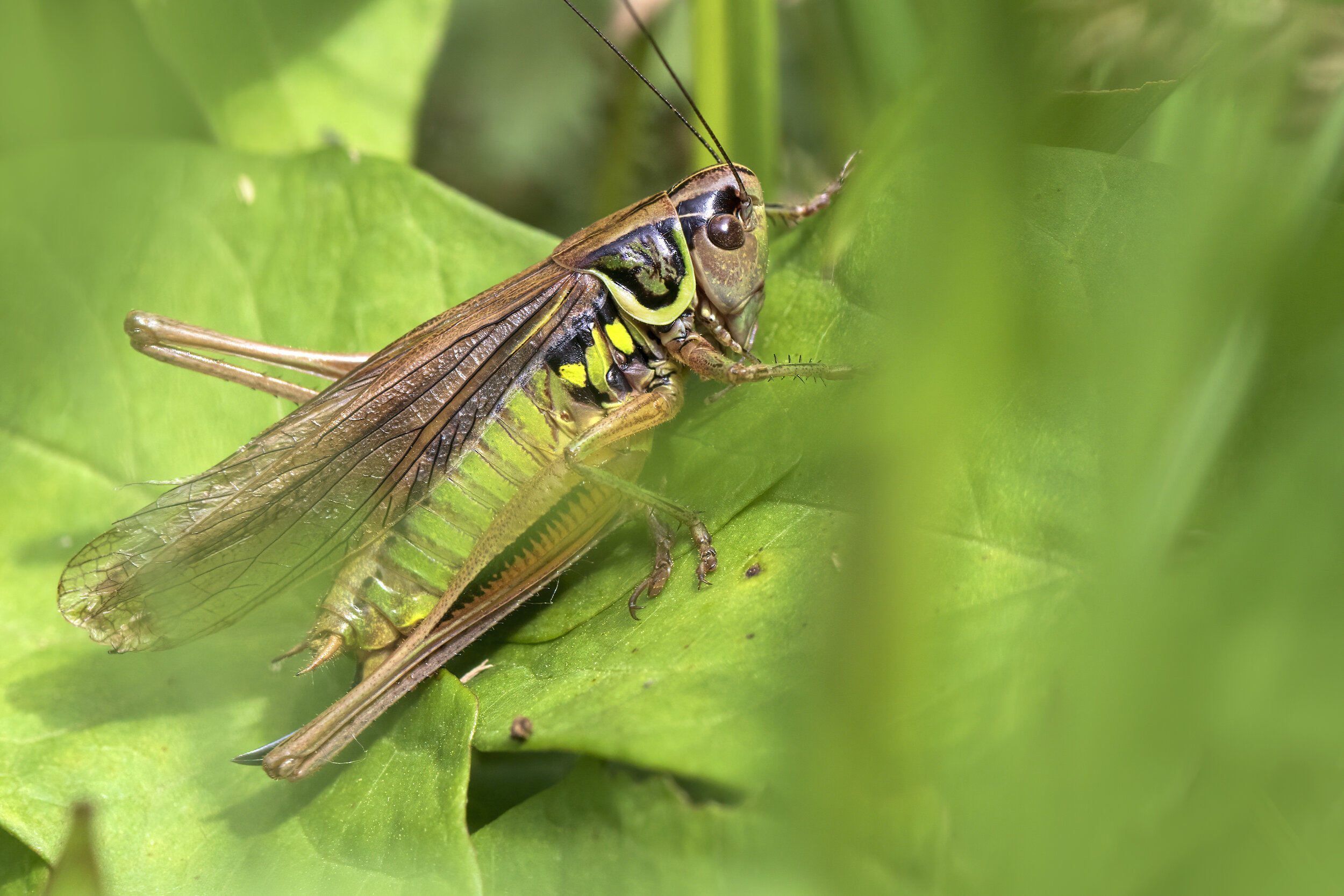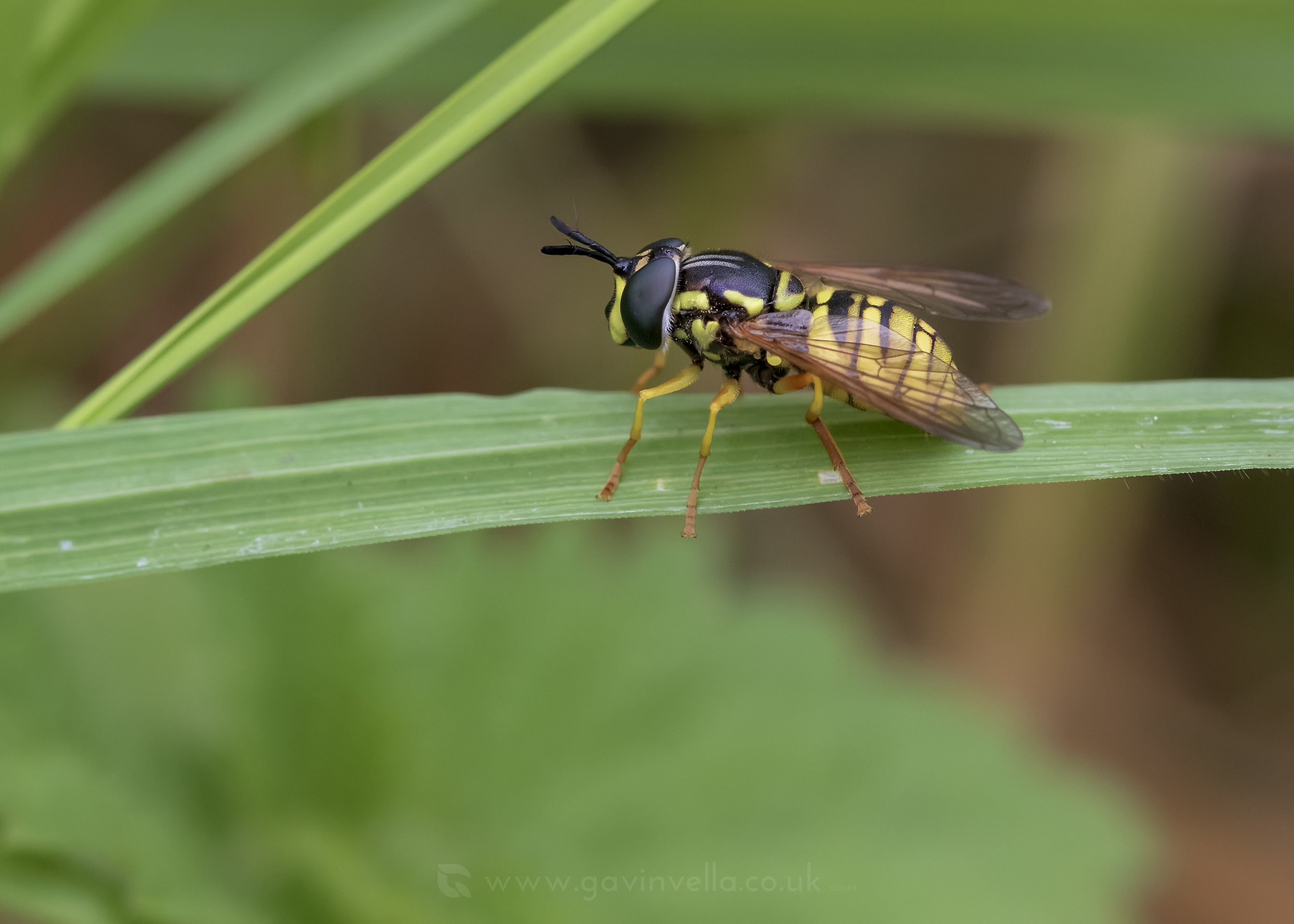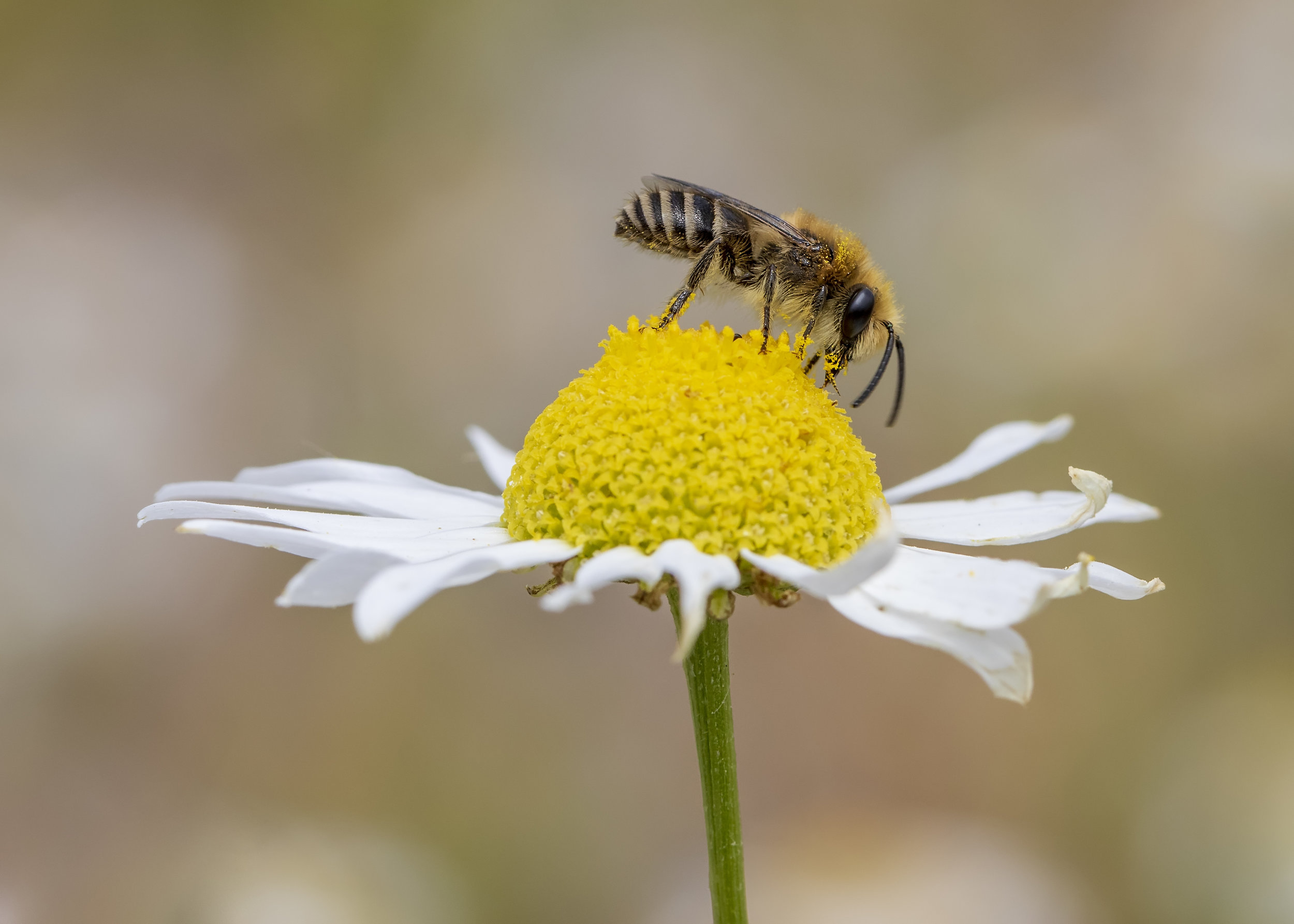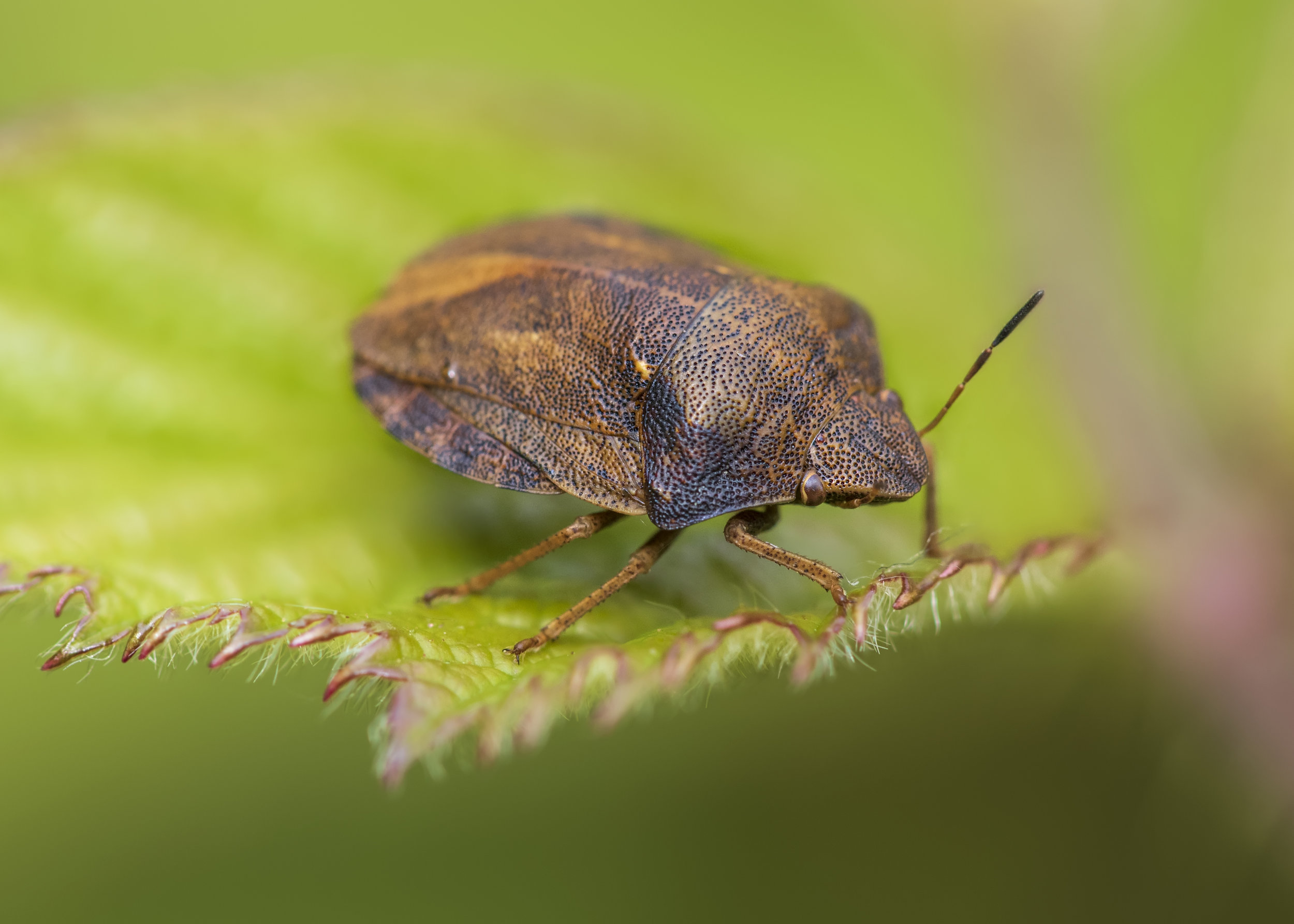Llandegfedd:
A bitter-sweat visit to Llandegfedd, as wildlife sightings are commonly accompanied by wildlife disturbances.
Many firsts for the year, in the form of Large Red Damselflies, Fritillaries, Swallows, Redshank, Lapwing, Common Sandpiper and Little Ringed Plovers.
As you can hear in the recording below, the LRP’s are getting very frisky, song displaying and remarking their territories, but constant disturbance from Dogs and People make it impossible to settle, and eventually they’ll commit to one spot and take a chance, or they’ll simply try and nest somewhere else more suitable. Dog poo bags hanging on tree’s (in no-public access areas), BBQ’s on the ground in the wildflower meadows where there are Adder’s Tongue ferns and plenty of Orchids coming thru. To most people they are just fields but they are so much more. The signage that has been put out by DCWW is so conflicting, there needs to be clear, educational messages and fencing to prevent disturbance. We need to educate people otherwise this will never change. It’s not their fault, they don’t know any better. This is where a Wildlife Educational Officer is needed at Llandegfedd. They have the facilities, they just need to pay somebody with the passion to do it.
Birding
It’s a struggle to fit any ‘serious’ birding in, but a last minute journey to Goldcliff point with Craig Constance to do some sea watching, was well overdue, but came just at the right time as there as been some considerable numbers of Terns, Gulls and Waders migrating into a NE wind. Our count was pretty good for an evening visit, with 59 Comic (Common or Artic) Tern, 19 Bar-tailed Godwits, 1 Fulmar, 50+ Swallow, 9 House Martin, 20+ Sand Martin, Artic Skua (lifer) and the most eventful was the Little Tern(!) passing at just 30m, but that ended up being a total disaster! as I blasted off 30 shots, each appearing to hit the mark in the optical viewfinder, but I looked down with a smile on my face, to find that I had no memory card in camera!! Lol I just about got a card in as it disappeared away in the distance lol. I was happy to still get a record shot though as it was a new bird for me. Bean Goose and White-fronted Goose are still on the Lagoons where I suspect they will stay for a while as they don’t have any adults to follow back to their breeding grounds. Good numbers of Whimbrel flocking in at the
Sound Recording
Plenty of recordings to share, but here are my favourites. I’ve got quite the collection of mimicking bird species now but I’ve got to say, this Blackcap mimicking Mistle Thrush has got to be one of my favourites. Equally, the local Mistle Thrush has a fantastic Lapwing mimic, which I only managed to capture on my pre-record function but it’s on the todo list. Just take a listen to that Blackcap, it repeats the same missile thrush phrase over and over again.
Plenty more Warblers arriving, all these from one trip to Newport Wetlands!
One bird that’s been on my list to record for a while though is a Common Redstart, as they’re often quite hard to approach whilst singing, and most of our local populations are upland, where recording conditions are challenging as it gets quite windy the higher up you get and the less objects you have to hide behind. I had to use an old stone wall / building to get this recording.
Nocmig
Tempted todo a separate blog on Nocmig as so much has happened! Barn Owl, Spotted Flycatcher, Water Rail, Little Grebe, Curlew, LRP’s, Oystercatchers and so much more! Here’s a short video clip of the Barn Owl.





